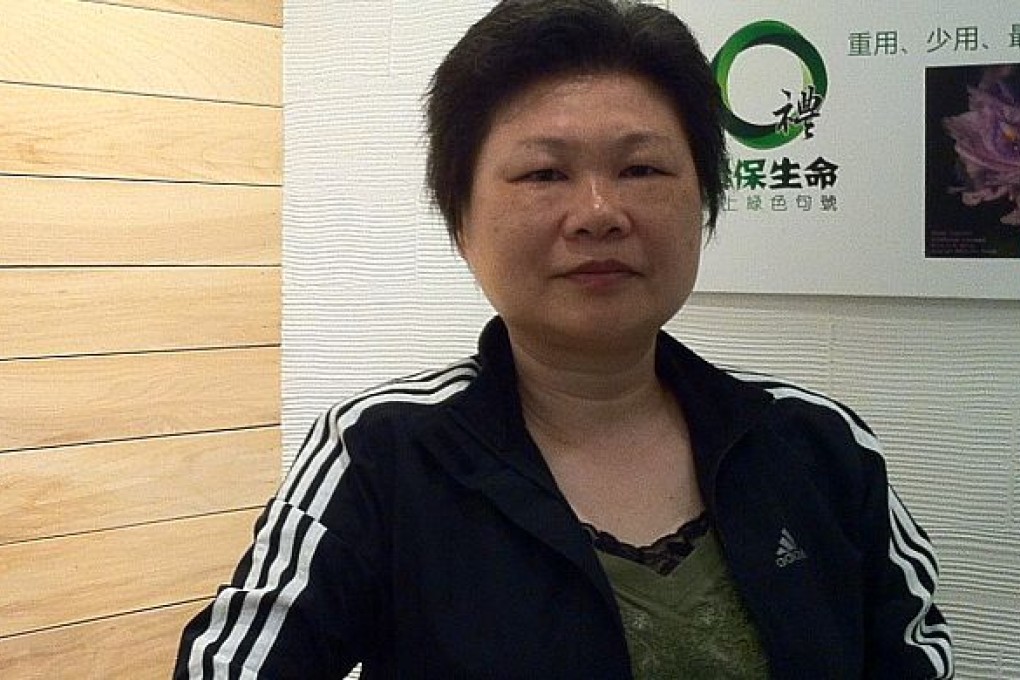Lam Ka-hei
More and more people are actively pursuing a low-carbon lifestyle—including choosing
a greener option for their final journey. Lam Ka-hei, the CEO of eco-friendly coffin-maker Green Life Passage—which makes caskets out of water hyacinth plants—tells Siu Sun about the benefits of a plant-based casket, and how the industry got its start from pig farming in China.

HK Magazine: Why are water hyacinth coffins good for the environment?
Lam Ka-hei: Water hyacinth is an invasive plant species that grows rapidly and threatens the surrounding environment. It was originally from South America but was exported to China as pig feed. Many people are leaving the pig farming industry and the growth of water hyacinth has been left uncontrolled. It prevents plants in lakes from carrying out photosynthesis and blocks oxygen, which kills plants and fish. Using water hyacinth coffins [for cremation] can help to control the growth of this invasive plant, and preserve the environment.
HK: Are the coffins custom-made?
LK: We have some stock here, but people can order a custom-made one since all the coffins are hand-made. There are different shapes and decorations. People can put flowers on the coffin, they can paint a picture on the top, or they can even have the coffin made in different colors.
HK: Do you provide any other funeral supplies?
LK: We are an organization that aims to promote environmentally friendly funerals, but we are not a retailer. However, we do sometimes work as an agent to provide a full funeral service, and we suggest greener ways of doing things. We are also working with some florists and they can supply eco-friendly wreaths made of cloth.
HK: What do your family and friends think of these coffins?
LK: I do encourage my family and friends to use eco-friendly coffins. My mom, for example, loved this idea! Many people I meet react positively towards eco-friendly coffins and they are comfortable with green funerals, which was a bit surprising to me. An old lady I met at the Hong Kong Senior Fair told me that the water hyacinth coffin reminded her of her days as a pig farmer on the mainland, and she would love to use it in her funeral.
HK: Is it hard to promote eco-coffins in Chinese society?
LK: Like I said, many people love the idea of a green funeral. But some of them are afraid of the pressure from people around them. They’re afraid that people might think they are stingy, cheap or not treating their families well enough. We hope to combine tradition with a green funeral, to show them that we can keep the Chinese tradition and avoid excessive waste and spending at the same time.
HK: What can the government do to promote environmentally friendly funerals?
LK: We hope that the government can talk to us about the existing laws regarding coffins. Some aspects of the law are outdated and are obstacles in promoting eco-friendly funerals. A few years ago, burial at sea was against the law—but now it is legal because some organizations talked to the government about it. Also, we will have a discussion with the government about setting up recycling boxes in the crematorium to recycle the used clothes of the bereaved. And of course it would be a great help if the government takes action to promote green funerals.